Avoid These 7 Seed Tray Mistakes That Slow Down Germination
2025-07-14 15:53:51
Avoid These 7 Seed Tray Mistakes That Slow Down Germination
When starting your garden from scratch, seed trays are one of the most essential tools to ensure a successful growing season. Whether youre a home gardener or managing a greenhouse operation, using seed trays properly can make or break your germination success. Unfortunately, even experienced growers fall into common traps that delay seedling growth or cause poor sprouting rates.
In this guide, we’ll break downseven key mistakes to avoid when using seed trays, and how to correct them—helping you create the best environment for strong, healthy seedlings from day one.
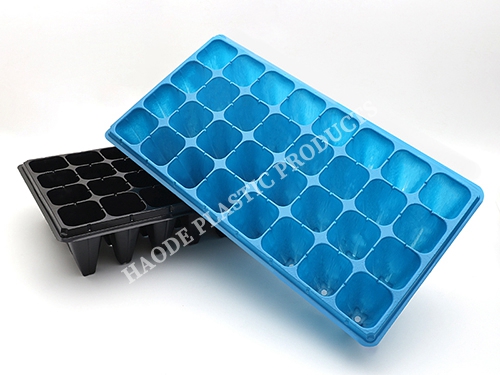
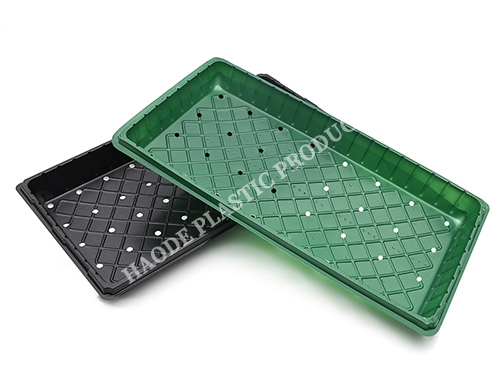
Mistake 1: Using Old or Dirty Seed Trays
Reusing seed trays is budget-friendly and sustainable—but if you skip proper cleaning, youre setting yourself up for failure. Residual soil, mold, or pathogens from previous use can infect new seedlings, slowing germination or killing seeds outright.
Solution:
Always clean your seed trays thoroughly before reuse. Soak them in a diluted bleach solution (1 part bleach to 9 parts water), then rinse well and let them dry completely.
Mistake 2: Choosing the Wrong Tray Size
Not all seed trays are created equal. Using trays with cell sizes that are too large can cause overwatering or poor root development, while trays that are too small may crowd seedlings quickly, leading to early transplant shock.
Solution:
Match your seed trays to your plant type. Small, fast-germinating herbs like basil or lettuce do well in smaller cells. Larger vegetables or longer-to-grow seeds, like tomatoes or peppers, need deeper, more spacious cells to thrive.
Mistake 3: Overwatering or Underwatering
Water is crucial for germination, but inconsistency is one of the top reasons seeds fail to sprout properly. Overwatering can suffocate seeds or cause rot, while underwatering leads to dry media and stalled growth.
Solution:
Keep your seed trays evenly moist but not soaked. Use a spray bottle or bottom-watering technique to maintain a balanced moisture level. Consider using a humidity dome during early germination stages.
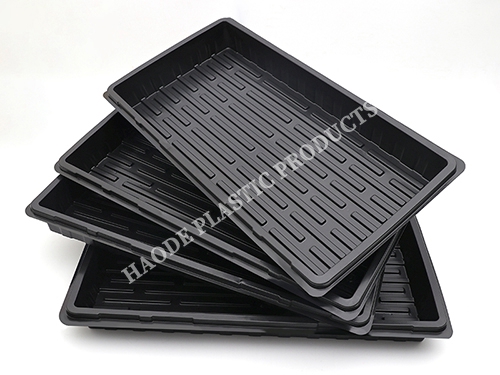
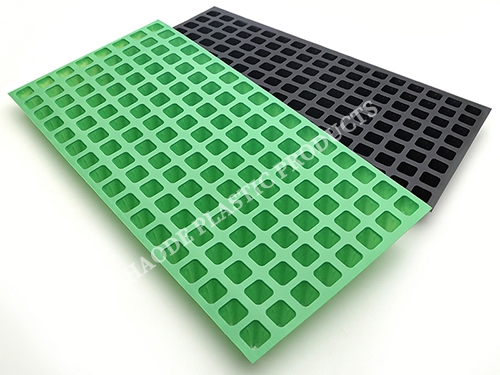
Mistake 4: Planting Seeds Too Deep
Many gardeners make the mistake of burying seeds too deep in the tray cells, preventing them from receiving the light and oxygen they need to sprout.
Solution:
Always follow the seed packets depth instructions. As a rule of thumb, plant seeds at a depth that is two to three times their diameter. Fine seeds often need only a light dusting of soil on top.
Mistake 5: Ignoring Temperature Requirements
Every seed type has an ideal germination temperature range. Placing seed trays in a cold basement or near a drafty window can drastically reduce germination speed—or stop it completely.
Solution:
Use a seedling heat mat under your seed trays to maintain the ideal temperature (usually between 65–75°F / 18–24°C). Monitor with a soil thermometer for accuracy.
Mistake 6: Poor Light Exposure
Once seeds germinate, they need strong light to avoid becoming leggy or weak. Insufficient light causes stretching and fragile stems that may collapse before transplanting.
Solution:
Place your seed trays under full-spectrum grow lights for 12–16 hours per day, or in a sunny south-facing window. Rotate trays daily if using natural light to encourage even growth.
Mistake 7: Skipping Airflow and Ventilation
Seedlings need airflow to strengthen their stems and prevent fungal issues like damping off. Seed trays that sit in still, humid air are a breeding ground for problems.
Solution:
Use a small fan to circulate air near your seed trays once sprouts appear. Remove humidity domes after germination to reduce moisture buildup. This hardens off the seedlings gently and keeps them healthy.
Final Thoughts: Let Your Seed Trays Work for You
Seed trays are the backbone of any successful seed-starting setup. But to get the most out of them, it’s essential to avoid these common pitfalls that can slow or sabotage germination. By ensuring proper cleanliness, moisture control, temperature, light, and airflow, youll create an environment where seeds thrive and transition smoothly into strong transplants.
Whether youre growing vegetables, flowers, or herbs,investing attention into how you use your seed trays will reward you with lush, vigorous seedlings and a more productive garden.
References
Smith, J. (2020). Seed Starting Basics. National Gardening Association.
Johnson, L. (2019). Growing Seedlings Indoors. University of Maryland Extension.
Brown, M. (2021). Sowing Seeds Indoors. Royal Horticultural Society (RHS).
Davis, A.,Lee, R. (2018). Seed Germination and Starting Tips. Cornell Cooperative Extension.
Wilson, P. (2022). Seed Starting and Growing Under Lights. Missouri Botanical Garden.

The CNC Seed Braiding Machine is a high-precision, fully automated agricultural equipment s...
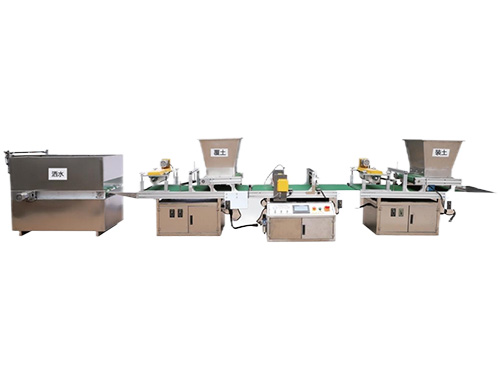
It adopts electrical integration and can be started by pressing the fully automatic button ...
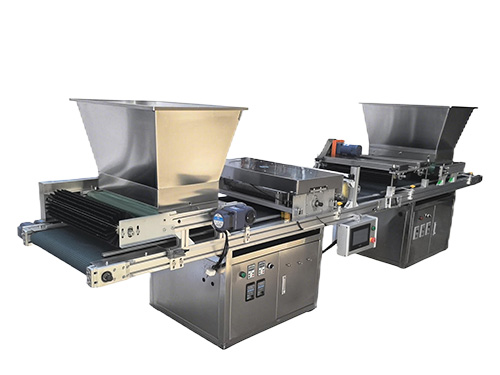
The XP750 seeder has stable performance, excellent product quality, simple and convenient o...
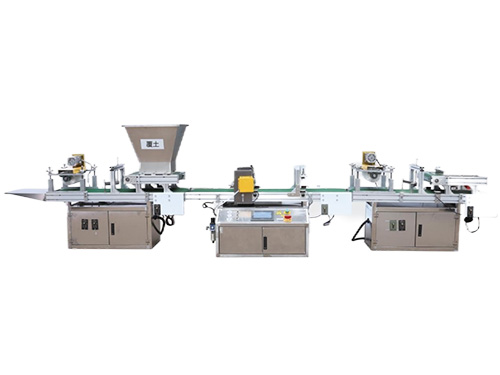
It adopts electrical integration and can be started by pressing the fully automatic button ...



